The Language Of Wildflowers
The language of wildflowers – Way back when, before texting, email, Skype, Facebook or twitter, folks would communicate with flowers. The Victorians devised a whole language – a bit like horticultural hieroglyphics – by which friends and lovers could send messages without saying a single word.
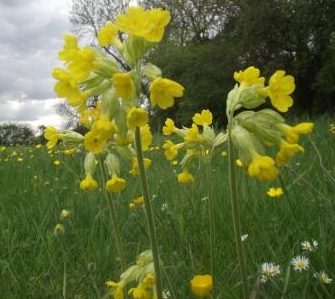
There is a language, little known
Lovers claim it as their own,
It’s symbols smile upon the land,
Wrought by nature’s wondrous hand,
And in their silent beauty speak,
Of life an joy to those that seek,
For love divine and sunny hours
In the language of the flowers
The cowslip. Once a common site in
the countryside, but what did it mean
to our ancestors?
Victorian Values For Plant Species
Recently, I stumbled upon a little book in a charity shop. The book was entitled “The language of wildflowers” and was published 45 years ago by Michael Joseph Ltd. Between its covers was a long list of mainly cultivated plants and their meanings. It’s fascinating.
For example, the Aster (aka Michaelmas Daisy) just starting to bloom beneath my office window signifies an afterthought. The African Marigolds putting on such a colourful display outside the pub next door are symbolic of vulgar minds. Whilst, the ice plant (sedum) that I value so much as a late-season nectar provider, means “your looks freeze me” – charming!
Sadly, fewer wildflowers than cultivars are mentioned in the book. Perhaps the Victorians were not particularly fond of native species. Maybe a nosegay plucked from the hedgerow was considered less beautiful than a posy of exotic blooms. Who knows? But here are the few wild species that are mentioned in the book and the Victorian meaning of each.
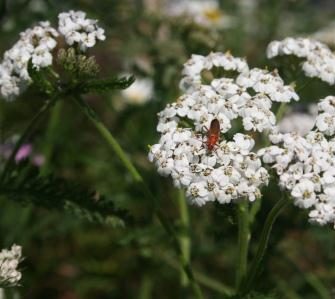
Achillea Millefolium: (yarrow to you and me): war
Agrimony: thankfulness, gratitude
Ash tree:(how would that fit in a bouquet?): grandeur
Beech tree: prosperity
Belladonna: (deadly nightshade) silence
Birdsfoot Trefoil: revenge
Yarrow: the Victorian meaning is “war”
perhaps because it’s named after a Greek warrior
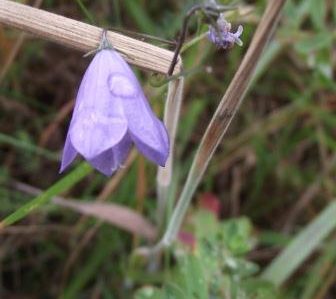
Blackthorn: difficulty
Bluebell: constancy
Bramble: loneliness, envy, remorse
Bugloss: falsehood
Cinquefoil: maternal affection
Red Clover: industry
White Clover: think of me
Coltsfoot: justice shall be done
The harebell signifies submission or grief
is that because it hangs it’s head?
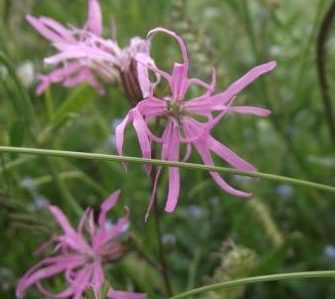
Corncockle: duration, gentility
Cowslip: pensiveness, winning grace
Cuckoo Pint: ardour
Garden Daisy: I share your sentiment
Oxeye Daisy: a token
Foxglove: insincerity
Ragged Robin for “wit”
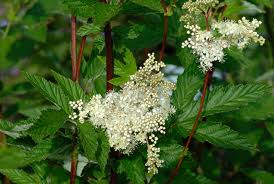
Grass: utility, submission
Guelder Rose: winter or age
Harebell: submission, grief
Hawthorn: hope
Hemlock: you will be my death
Liverwort: confidence
Meadowsweet, delicious scent but Victorians
associated it with uselessness
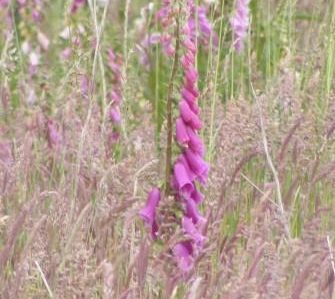
Mallow: mildness
Meadowsweet (my favourite wildflower): uselessness
Stinging nettle: you are cruel
Poppy: consolation
Primrose: early youth or sadness
Quaking Grass: agitation
Ragged Robin: wit
Saint John’s Wort: animosity
Scabious: unfortunate love
Sorrel: affection
Tansy: I declare war on you
Foxgloves, symbolic of insincerity
Gosh, that seems to encompass the whole spectrum of human emotion. Everything anyone could possibly want to say to somebody else. But what of the wildflowers that have no mention? What do they mean? What of Wild Carrot? Toadflax? Cornflowers? Vetch? Campion? Fox and cubs? Dandelion?
What Do Wildflowers Mean To You?
These little stunners deserve more recognition. Should we invent a 21st-century language of wildflowers? What meanings would you attribute to what plants and why?
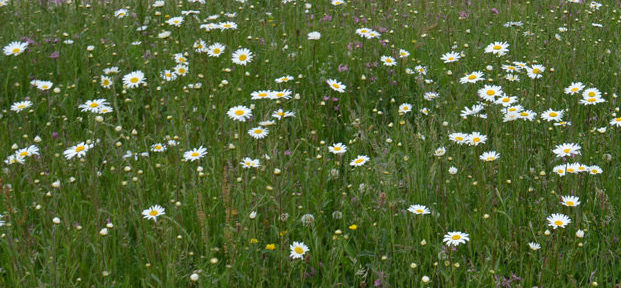
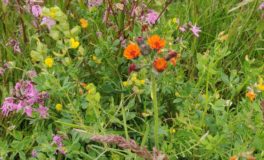 What is the most popular perennial flower?
What is the most popular perennial flower? 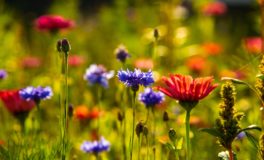 Growing wildflowers in the shade
Growing wildflowers in the shade 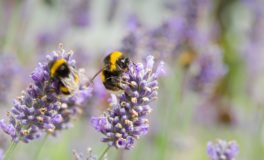 15 Wildflowers Beloved By Bees
15 Wildflowers Beloved By Bees 

